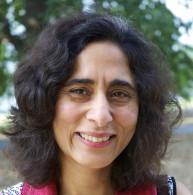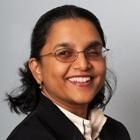Politician Identity and Religious Conflict in India
We were awarded IGC funding to update the Varshney-Wilkinson (VW) data set on Hindu- Muslim violence in India. The available data were for 1950-1995 and we have now created comparable data for 1995-2010. This involves careful coding of newspaper reports, collated by perusing daily editions of the Times of India. There are no official data on religious conflict in India. The new data show that the incidence of Hindu-Muslim riots is lower in the fifteen years following 1995 than it was in the fifteen years before, except for the upsurge in violence in 2002, which was concentrated in the state of Gujarat. Similar trends obtain for the number of people killed in these riots. This decline in religious violence is apparent across states and is in line with declines in other violent crimes in India (such as murders) in the period after 1990. The original VW data generated a body of research on the determinants of religious conflict in India. In the period since 1995, India has experienced dramatic economic, social and political change. Our updated data set creates a unique opportunity to investigate the relationship between these wider changes and religious conflict.
This project is part of a wider research programme on the religious identity of political leaders and policy outcomes that we are initiating. Our programme of work will contribute to a recent literature on identity politics, providing some of the first evidence of the relevance of the religious identity of politicians not only for religious conflict but also for the provision and allocation of public goods. There are large differences in educational and health status between Hindus and Muslims in India. There is a perception amongst Muslims that they are discriminated against in the allocation of public goods in India and recent evidence suggests that they are more often the victims of religious violence. Religious identity is a vibrant and topical political issue. Muslims constitute about 14% of India’s population and have, over the years, held about 8% of elected seats in state assemblies. In future work, we will investigate how Hindu and Muslim access to publicly provided goods and services, including human security, responds to the political representation of these religious groups.





